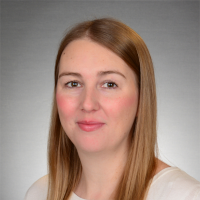Osteopathy
At the end of the 19th Century, the American doctor Andrew Taylor Still developed the fundamental principles of osteopathy. Still founded osteopathy as a consequence of the deficiencies he perceived in the conventional medicine of the time. Feeling powerless having been unable to prevent the death of several of his children and his first wife, Still searched for a new understanding of medicine and health-care.
His findings represent the fundamental principles of osteopathy:
- The body is a unit – An integrated unit of mind, body and spirit;
- The body possesses self-regulatory and self-healing mechanisms;
- Structure and function are reciprocally interrelated;
- Rational therapy is based on consideration of the first three principles.
In 1892, Still opened the American School of Osteopathy in Kirksville, Missouri. Today there are approximately 54,000 registered Osteopaths practicing in the United States.
As a manual treatment concept, osteopathy first arrived on the British Isles at the beginning of the 20th Century and thereafter in France, and the Benelux. In Germany, Osteopathy has been practiced since around 1988.







